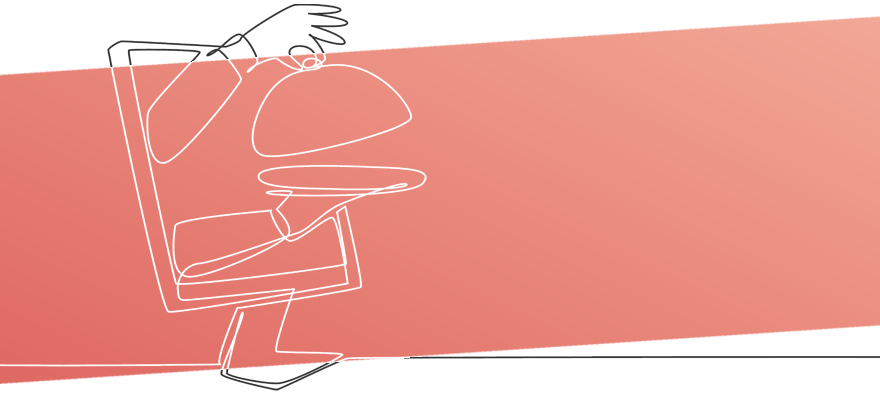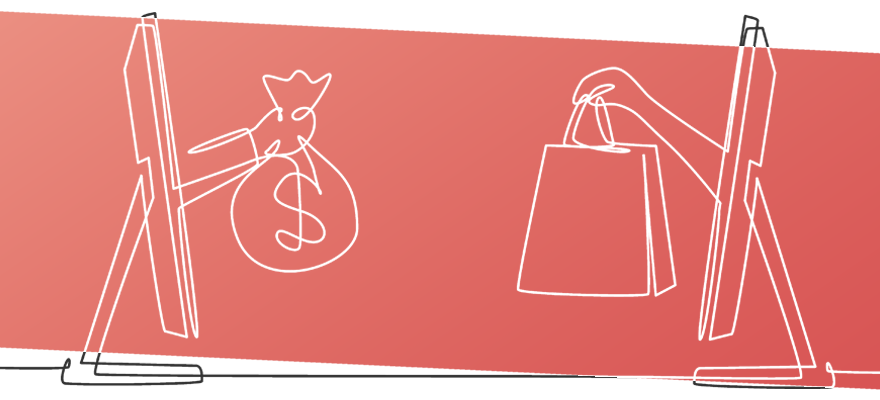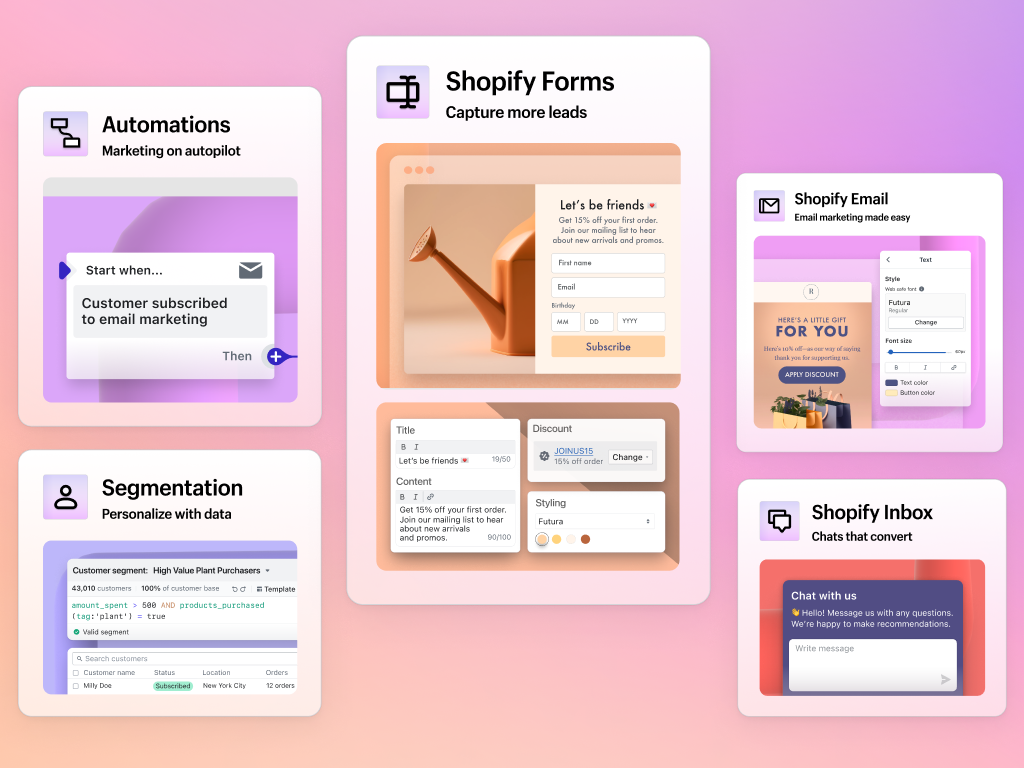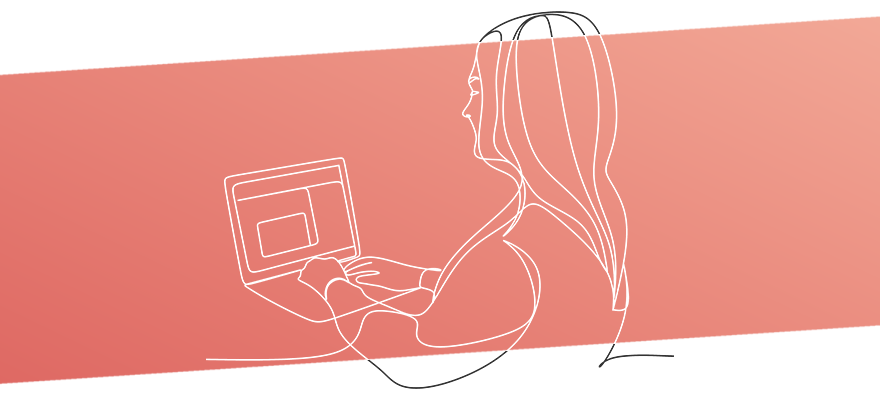Webflow vs. Shopify: Choosing the Right Platform for Your E-commerce Business
 |
Designed by Real Dyl \\ Visit realdyl.be for more vibes. |
Choosing the right platform can be a game-changer for your business when building an e-commerce website. In the digital age, your online store is not just a selling space; it’s the face of your brand. Two of the most popular platforms making waves in the e-commerce world are Webflow and Shopify. But which one is right for you?
Introduction
In this article, we’ll dive deep into Webflow and Shopify, comparing their features, usability, customization capabilities, pricing, and more. Whether you’re a budding entrepreneur or an established business looking to revamp your online presence, this guide will help you make an informed decision.
Webflow: The Designer’s Dream
Overview:
Webflow offers a blend of design freedom and e-commerce functionality.
Its platform caters to designers and developers looking for detailed customization without extensive coding.
Key Features:
- Visual design and coding platform
- Full customization control
- Integrated CMS for content-driven sites
Pros:
- Superior design flexibility
- SEO-friendly options
- No transaction fees
Cons:
- Steeper learning curve
- Higher initial time investment
- Limited built-in e-commerce features compared to Shopify
 |
Designed by Real Dyl \\ Visit realdyl.be for more vibes. |
Shopify: The E-commerce Powerhouse
Overview:
Shopify is a dedicated e-commerce platform to help you easily build, manage, and grow your online store.
It’s user-friendly and packed with powerful sales tools.
Key Features:
- Extensive app marketplace
- Built-in payment processing
- Comprehensive inventory management
Pros:
- Easy to set up and use
- Robust e-commerce tools and analytics
- Extensive community and support network
Cons:
- Less design flexibility than Webflow
- Monthly fees and transaction fees
- Limited content management capabilities
 |
Take advantage of Shopify’s invaluable intro offer — your first month is just $1. Sign up now! |
Comparing Webflow and Shopify
Usability:
- Webflow offers a pixel-perfect design environment but requires design knowledge.
- Shopify is more straightforward, making it easier for beginners.
Customization:
- Webflow provides unparalleled design customization.
- Shopify offers ample customization but within a structured framework.
Pricing:
- Webflow has a free tier for essential use and scales up based on needs.
- Shopify starts with a monthly fee, with additional costs for apps and premium themes.
E-commerce Features:
- Shopify shines with its built-in e-commerce capabilities.
- Webflow is catching up but is still primarily a design tool.
SEO and Marketing:
Both platforms offer robust SEO and marketing tools, but Webflow has a slight edge in customization for SEO professionals.
Support and Community:
- Shopify boasts a vast array of tutorials, forums, and 24/7 support.
- Webflow has a growing community and resources but is less extensive than Shopify’s.
 |
Designed by Real Dyl \\ Visit realdyl.be for more vibes. |
Conclusion: Which Platform is Right for You?
The choice between Webflow and Shopify depends on your business needs, technical skills, and design priorities. If you prioritize design and have the time to learn, Webflow could be your best bet. On the other hand, Shopify is likely the way to go if you want an out-of-the-box solution with powerful e-commerce tools.
Remember, the best platform is the one that aligns with your business goals and grows with you.
Before deciding, take the time to evaluate both platforms based on your specific needs.
Comments
Post a Comment